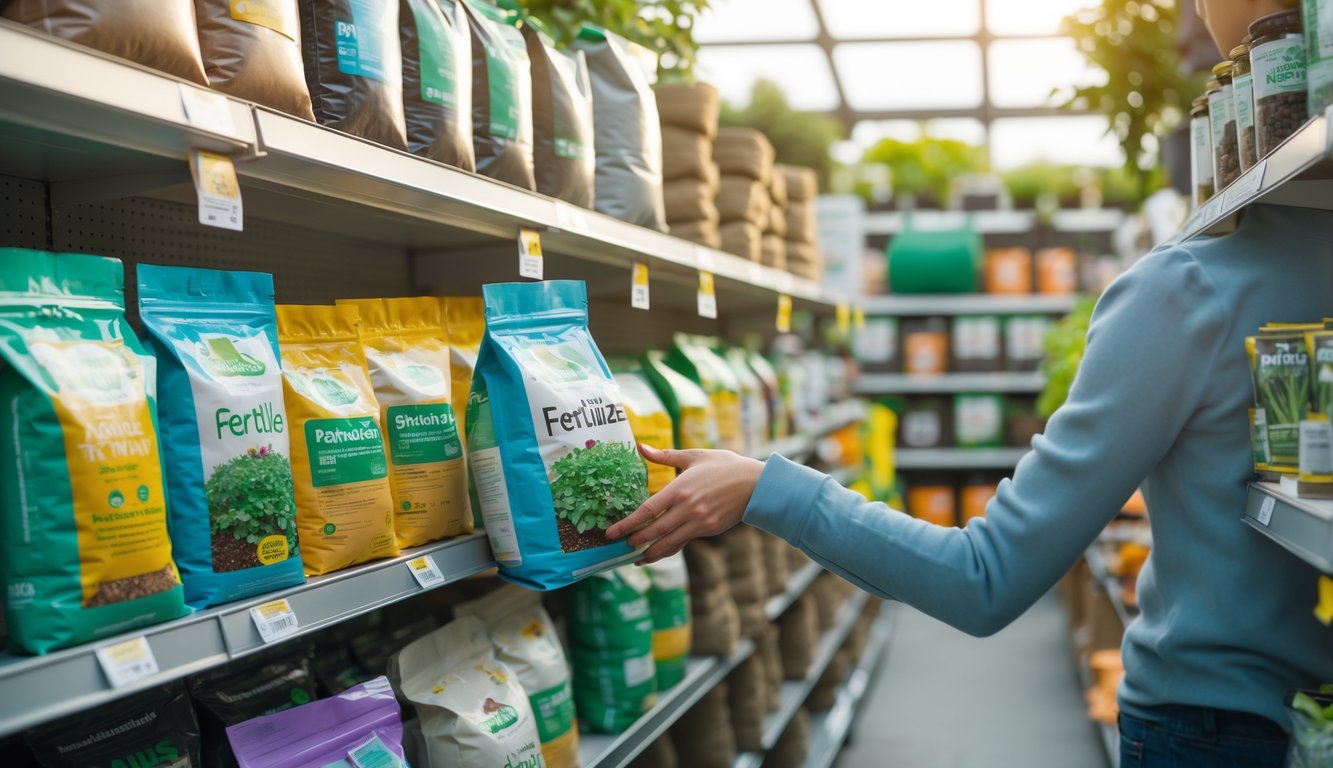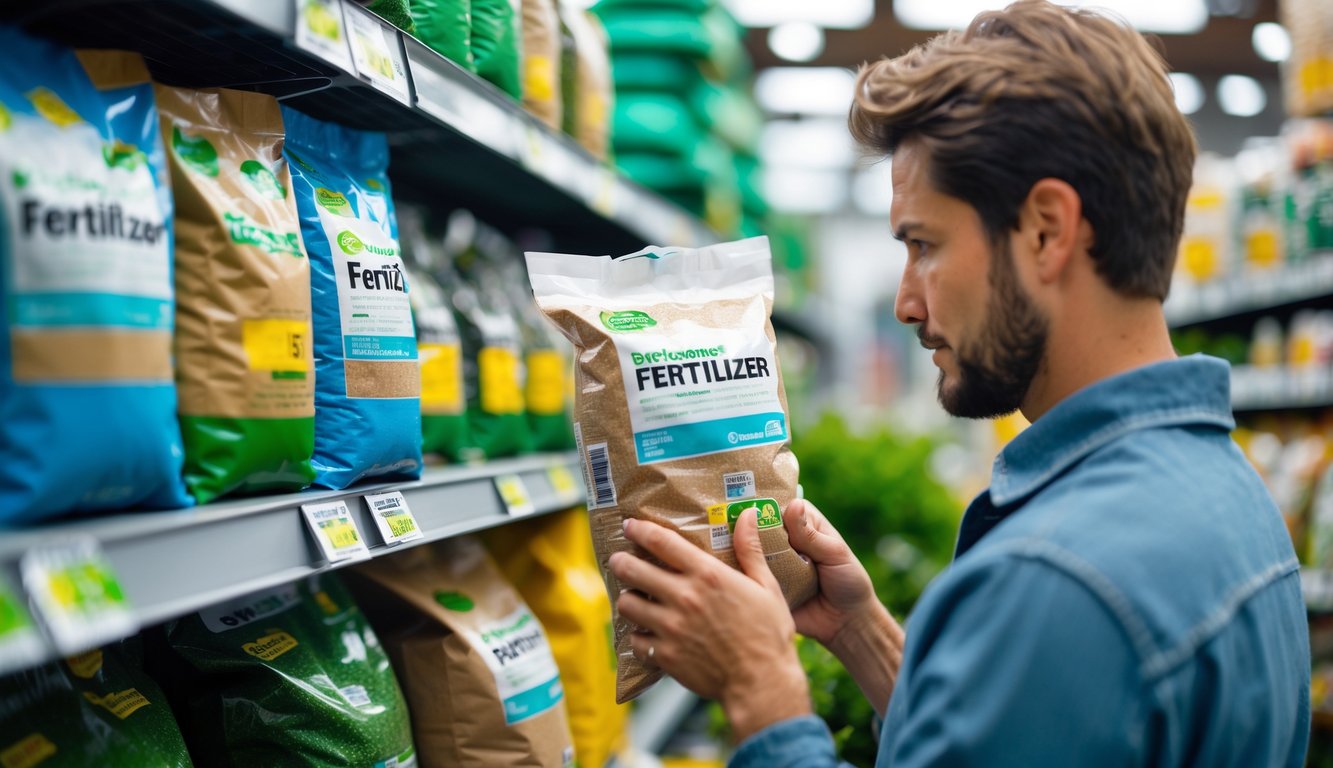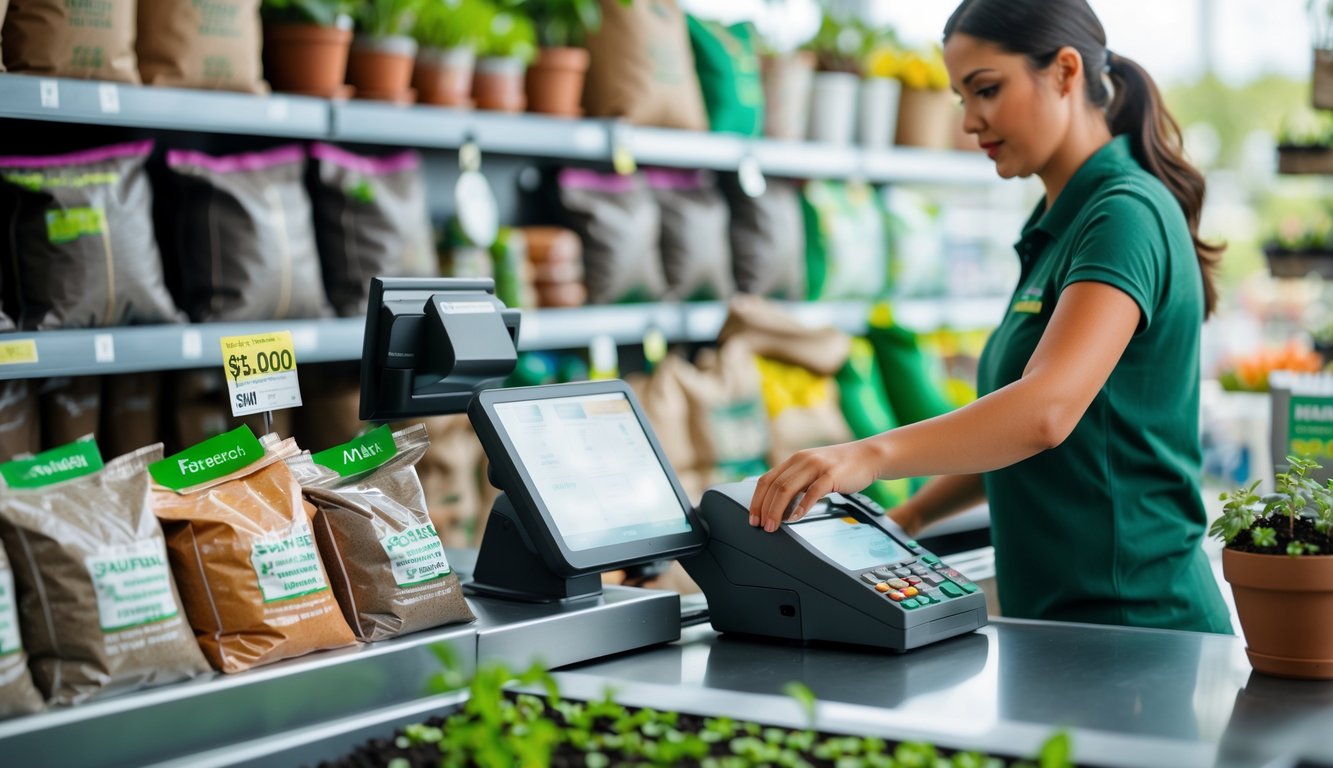
Okay, so, here’s what’s been driving me up a wall: I just wanted a bag of boring old 10-10-10 for my tomatoes. Nothing fancy. But then at checkout? Suddenly the price is 20% higher than what the shelf said. I mean, have you ever actually looked at your garden store receipt? There’s always this “handling” or “environmental” line wedged between the potting soil and the shears. Nobody talks about it, nobody warns you—it’s just there, sneaking extra dollars onto your bill every single time. They’ll go on about earthworm castings like it’s the secret to immortality, but that little surcharge? Nope. Not a word until your cart’s already full and you’re trapped.
And it’s not just about the price tag. Fertilizer prices have gone nuts everywhere—energy costs, supply chain drama, blah blah, I get it, I read the news too (global fertilizer price factors). But why do stores here pile on random fees with zero signage? Meanwhile, I watch my neighbor whine about smaller bags, but she never notices the sneaky fee in the fine print. Maybe I’m the only one who reads receipts? I seriously keep a folder now. Maybe that’s my own weird hobby, collecting evidence of this seasonal ripoff.
What Is the Hidden Fertilizer Fee?

So you’re eyeing a 20-pound bag of slow-release stuff, sticker says $45—wait, wasn’t it $28 last year? Nobody’s there with a megaphone yelling, “Surprise! You’re paying more than you think!” I fall for this every spring, and, like, I literally work in landscaping. You’d think I’d know better.
Ask the cashier why fertilizer prices keep creeping up and you’ll get a shrug, or maybe something about Ukraine, or “global supply chain” whatever. It’s not just inflation. It’s sneaky—fuel surcharges, import fees, all that jazz, never spelled out on the tag. You think you’re paying for fertilizer, but your receipt is a graveyard of mystery charges.
I’ve grilled fertilizer reps. They’ll admit shipping alone can tack on 10–20%, especially after 2021’s rollercoaster (and that’s before stores slap on their own markup). Even government reports say it’s more than “bad luck”—energy costs and unpredictable demand are eating margins, and you know who picks up the slack? Yeah, us.
You might see $40 on the bag, but the “real” cost? Here, try this—
| Label Price | Actual Retail Cost | Hidden Fees/Markups |
|---|---|---|
| $40 | $28 | Shipping, Fuel, Storage |
Don’t even get me started on those “restocking” fees. Why does fertilizer need a storage surcharge? Spider plants don’t care where they sit, but apparently nitrogen granules need luxury accommodations. Makes zero sense, but it’s buried somewhere in the fine print, I swear.
How Fertilizer Fees Are Added at Garden Supply Stores

It’s never just the bag price. Something always feels off. Fertilizer cost inflates after checkout, lurking in label fine print or those ambiguous “service charges.” Sometimes you’ll see “environmental fees” or “nutrient recovery surcharges,” but staff rarely mention them unless you’re the annoying customer (me) who asks. Is anyone else noticing, or am I just spiraling?
Fee Structures and Transparency
Ever seen that microscopic footnote? I only caught the “cost recovery” line after squinting at every item. States like California tack on mandatory inspection fees (like, $0.101 per ton potassium nitrate, thanks CDFA), but retailers just bury it as “facilities cost.” Good luck finding it. The total just balloons at checkout.
Sometimes there’s a box for “fertilizer price” and another for “environmental handling”—nowhere near the shelf tag. Linda, who works at my local store (and puts up with my questions), once told me their fee updates quarterly—supply chain drama, again. Even managers don’t always know what gets tacked on, but I always pay it. Ask why your $36 bag is now $40, and they’ll blame “transportation” or “compliance,” but there’s never a real breakdown. And it’s not just my store. I’ve found cost examples online—energy alone can be over 70% of the total cost, and the rest? Who knows. Retail’s just smoke and mirrors.
Pricing Strategies in Retail
I’ve seen clerks adjust sticker prices based on which supplier showed up that week—“inventory fluidity,” they call it. Sure. Promotions for “all-in-one” fertilizers (“Gordon’s 1 gal. 15-0-0 Liquid Weed and Feed Concentrated Lawn Fertilizer” at Tractor Supply, for example) lure you in, but the sale price doesn’t always include the final line-item fees. Buy in bulk? Sometimes they slap on even more handling fees. It’s never clear what’s included. Why would it be?
And every store claims their fertilizer prices are “competitive,” but none of them say how often their supply costs change or admit to marking up for “demand surges” after the pandemic. Organic fertilizers? They brag about price-per-pound but sneak in shipping surcharges at checkout—always an afterthought. I’ve asked staff, messaged company hotlines—answers go in circles. Manufacturer-end reasons, retail markups, nobody spells it out. The fee fog just thickens, and unless you’re a receipt detective (me, again), the hidden cost of fertilizer just sits there, quietly inflating the total.